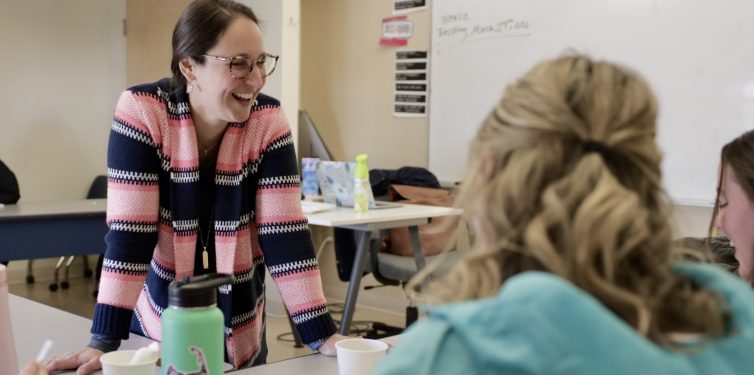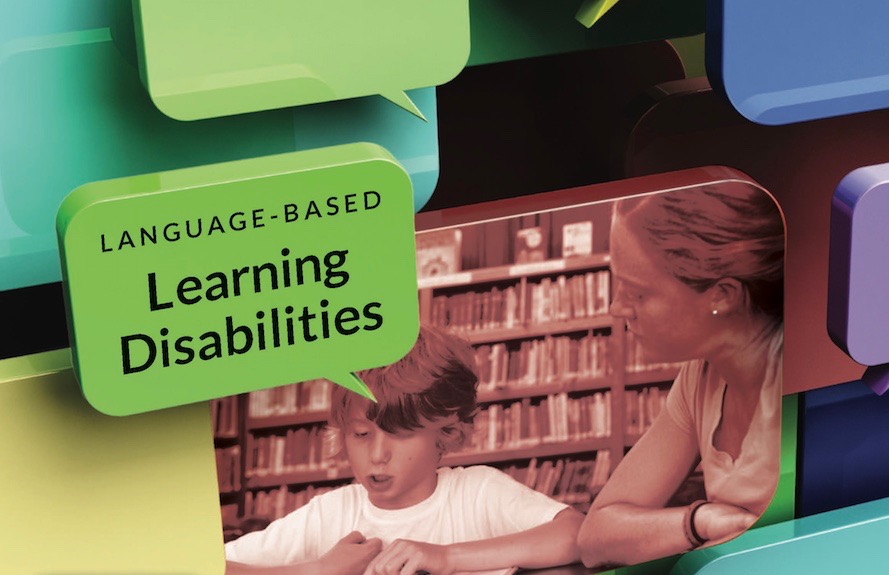The Importance of Student Input
At Landmark School, which is a school for students with dyslexia and other specific learning disabilities, teachers use the Landmark Six Teaching PrinciplesTM. These principles guide how teachers approach the presentation of both content and skills across the curriculum. The sixth Landmark Teaching Principle is “Include Students in the Learning Process.” At its core, the final principle encourages educators to encourage and cultivate student input, fostering student-teacher relationships and building metacognitive skills. Creating opportunities to involve students in the learning process allows students to become aware of how they learn and why certain skills benefit them.
Educational research has contributed to the efficacy of including students in the learning process. Stephanie L. Haft, Chelsea A. Myers, and Fumiko Hoeft (2016) in their paper titled “Socio-emotional and Cognitive Resilience in Children with Reading Disabilities” assert that when students with learning challenges have the following as a part of their academic experience, outcomes are markedly better. They list the following protective factors:
- Attachment to caring and supportive peers, family members, and teachers, as well as the perception of teachers as caring and available
- Understanding of self-awareness and the ability to be proactive, to persevere, and to set realistic educational plans and goals
- Feelings of control and self-determination in the educational setting
- Understanding that intelligence is malleable and that improvements are possible, or theories of growth mindset (Haft et al., 2016, p. 7-8).
Additionally, the tenets of Culturally Responsive Teaching connect to and support the importance of including students in the learning process. In her book Culturally Responsive Teaching and the Brain, Zaretta Hammond (2015) asserts: “We are hardwired to connect with others. Our nervous system is designed to guide us toward avoiding threats, approaching rewards and things that will make us feel good, and attaching to others for safety and companionship” (pg. 50). In other words, the relationships that educators build with their students and the environments that they create are essential to student success.
Include Students through Formative Assessment
One way that teachers can include students in the learning process is by including formative assessments in their instructional practices. Pared down to its basics, formative assessment gauges student understanding while they are learning, rather than waiting until afterward, as summative assessment does. Formative assessments necessitate teacher‐student interaction and encourage partnerships between students and teachers to define clear learning objectives for lessons and units. Ongoing assessment keeps students and teachers focused on the learning objectives and provides evidence of students’ strengths and needs.
| Gather Student Feedback | |||
| What: Make time to solicit student ideas and feedback on how they feel lessons are going. Tailor questions to get information about what strategies they feel work for them and which ones feel less effective. This is also a time to gauge which units or topics resonated with students. | Why: Offers you the opportunity to answer specific questions and receive feedback from students about what they need in order to be more successful. | How: Develop questions as you observe and interact with each student during class activities. Make time formally and informally to connect with each student. In larger classes, teachers might consider splitting this across all five days of the week. For example, in a class with 25 students, the teacher might identify five students per day to informally meet with | Next Steps: Incorporate student input when creating new units, strategies, or materials based on their feedback. For example, if students identified that a certain template was overwhelming or confusing, work together to adapt the materials and keep the necessary skill development intact while also making the template more user-friendly. |
| Conference with Students | |||
| What: Meet briefly with each student throughout a unit to discuss their progress toward demonstrating their mastery of learning objectives and suggest needed next steps. | Why: Provides an opportunity to document student progress in writing, and makes sure each student has a clear focus for their efforts. | How: Confer with students once per week if possible, especially for longer units. To guide the conversation with students, use observations, reference assignment deadlines, and remind students of the rubric criteria. | Next Steps: Be sure to track the progress and set student goals accordingly. This would allow you to reference previous goals and circle back effectively. |
| Teach Self-Evaluation | |||
| What: Teach students how to analyze their performance on summative assessments and set goals for future learning activities. | Why: Empowers students to assess their own performance with a teacher‐like eye. Self‐evaluation and goal‐setting are critical executive skills that can be taught. | How: Create a template for students to use to self-assess their performance on a test, project, or essay. | Next Steps: Use these evaluations to help students set and record actionable goals for the next summative assessment. |
Including students in the learning process, whether through explaining the purpose of an assignment, asking for ideas, or having students assess their own learning, helps them to become more engaged in their education. Explore the downloads below for information on how to guide students in evaluating and reflecting on their work.
References
Haft, S. L., Myers, C. A., & Hoeft, F. (2016). Socio-emotional and cognitive resilience in children with reading disabilities. Current Opinion in Behavioral Sciences, 10, 133-141. https://doi.org/10.1016/j.cobeha.2016.06.005
Hammond, Z. L. (2015). Culturally responsive teaching and the brain. Corwin Press.



